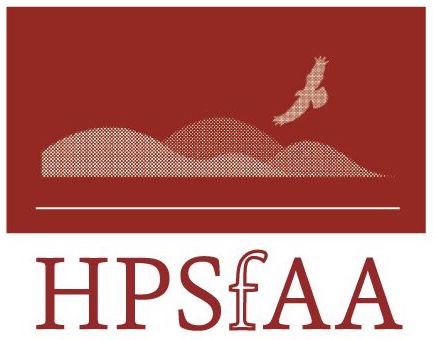  
 
The High Plains Society for Applied Anthropology |
|
Making Environmental Justice Whole
Ernest Atencio
In response to the National Sierra Club’s “End Commercial Logging” initiative, the Santa Fe Group of the Sierra Club commissioned a report to document traditional forestry practices and investigate the environmental and social justice consequences of such a policy for Indo-Hispano communities in northern New Mexico. This paper is one chapter of the soon-to-be-published report. Considering the idea that environmental health, social justice, and economic justice are fundamentally intertwined in the modern context, with no one part more important than the others, I argue that we should reflect that reality through a broader and more holistic approach to environmental justice and environmental protection. This approach addresses social and economic justices as integral components, embraces a diversity of people and perspectives to solve our environmental problems, and recognizes that cycles of environmental abuses, social inequity, and poverty are inextricably interconnected and perpetuated by the same forces behind our global political economy. Decisions affecting impoverished or ethnic communities which are dependent on local natural resources – like the communities described here – should be considered within this broad framework of environmental justice. A unique and particularly salient local dimension to this story is that many of the “public” lands at issue were once community-owned land grants that have been almost completely lost due to the government’s failure to honor international treaties after the U.S. conquest 150 years ago. Rightful ownership remains an open question. I provide a few historic examples of a broader environmental justice.
High Plains Applied Anthropologist No. 2, Vol. 22, Fall, 2002 pp 194 – 199<Get PDF>
Back To List of Previous Issues